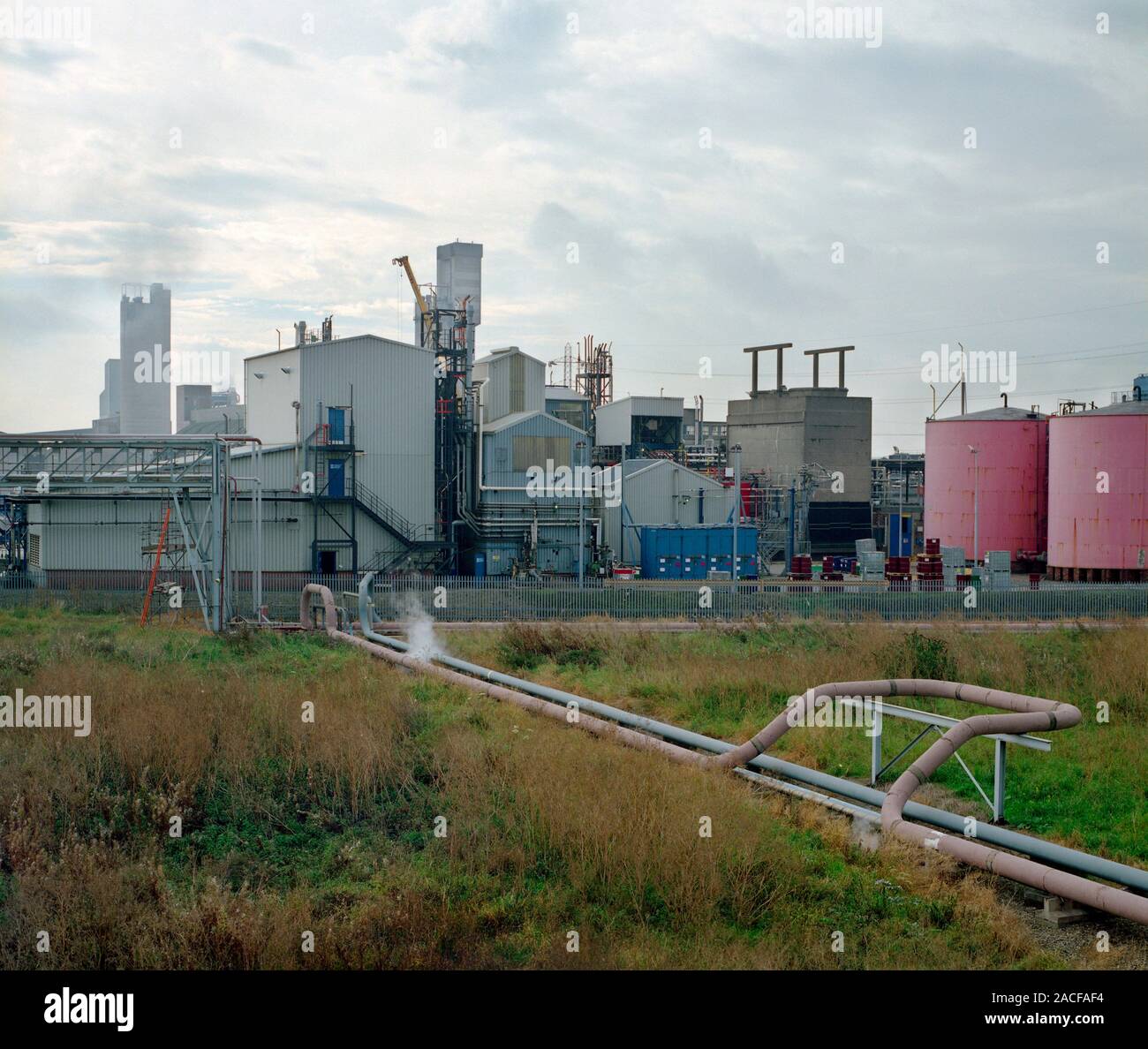Understanding Different Types Of Briefs: A Comprehensive Overview

Table of Contents
A brief, in its simplest form, is a concise document outlining the goals, objectives, and requirements for a project. It serves as a roadmap for all parties involved, ensuring everyone is on the same page and working towards a shared vision. Clarity and mutual understanding are paramount for a successful project, and a well-written brief is the cornerstone of this success.
Design Briefs
Purpose and Components
The core purpose of a design brief is to clearly articulate the design needs and expectations for a project. It acts as a contract between the client and the designer, ensuring that the final product aligns with the client's vision. Key components of an effective design brief include:
- Project Overview: A concise summary of the project, its goals, and its intended audience.
- Target Audience: A detailed description of the target audience, including demographics, psychographics, and their needs and behaviors. Understanding your target audience is crucial for effective design brief writing.
- Objectives: Clearly defined, measurable goals for the design project. What are you hoping to achieve with this design?
- Design Requirements: Specifics regarding style guides, branding guidelines, color palettes, typography, and any other design constraints or preferences. This section might also include examples of existing designs the client likes.
- Deadlines: Clearly stated deadlines for each stage of the design process.
- Budget: A realistic budget allocated for the design project.
Example: A design brief for a new website might specify the need for a user-friendly interface, a visually appealing design consistent with the company's branding, and clear calls to action, all within a defined budget and timeline.
Marketing Briefs
Purpose and Components
A marketing brief defines the marketing objectives, target audience, strategies, and tactics for a specific campaign or initiative. It provides a roadmap for marketing activities, ensuring alignment and efficient resource allocation. Key components include:
- Market Analysis: An overview of the market landscape, including competitor analysis and market trends.
- Target Audience Profiles: Detailed profiles of the target audience, including demographics, psychographics, and buyer personas. This is crucial for targeted marketing brief creation.
- Marketing Objectives (SMART Goals): Specific, Measurable, Achievable, Relevant, and Time-bound goals for the marketing campaign.
- Key Messages: The core messages that will be communicated throughout the campaign.
- Budget: The allocated budget for the marketing campaign.
- Channels: The specific marketing channels that will be used (e.g., social media, email marketing, paid advertising).
Example: A marketing brief for a new product launch might outline the target audience, the key marketing messages focusing on unique selling propositions, the chosen marketing channels, and the expected return on investment (ROI).
Project Briefs
Purpose and Components
Project briefs offer a broader scope than design or marketing briefs, encompassing all aspects of a larger project or initiative. They outline the project goals, deliverables, timelines, resources, and responsibilities. This type of brief ensures everyone involved has a comprehensive understanding of project scope and expectations.
- Project Goals and Objectives: Clearly defined goals and objectives for the entire project.
- Key Deliverables and Milestones: A list of key deliverables and the milestones needed to achieve them.
- Project Team and Responsibilities: A clear identification of team members and their roles and responsibilities.
- Project Timeline and Budget: A detailed project timeline and the allocated budget.
- Success Metrics and Reporting Procedures: The metrics that will be used to measure the success of the project and how progress will be reported.
Example: A project brief for software development might include detailed specifications, technical requirements, testing procedures, and deployment strategies.
Creative Briefs
Purpose and Components
Creative briefs are specifically designed to inspire and guide the creative process. They focus on generating innovative ideas and concepts, emphasizing originality and unique approaches.
- Project Overview: A concise summary of the project and its goals.
- Target Audience: A description of the target audience and their emotional connection to the brand.
- Brand Guidelines: Relevant brand guidelines and any pre-existing creative assets.
- Key Messages: The core messages that need to be conveyed through the creative work.
- Desired Emotional Response: The desired emotional response the creative work should evoke in the target audience.
Example: A creative brief for an advertising campaign might specify the desired tone, style, and emotional impact the campaign should have on the target audience, inspiring unique and memorable creative solutions.
Conclusion
Understanding the different types of briefs – design briefs, marketing briefs, project briefs, and creative briefs – is essential for effective communication and successful project management. Each type serves a unique purpose, focusing on different aspects of the project lifecycle. By mastering the art of creating and interpreting these crucial documents, you can streamline your workflow, foster better collaboration, and ultimately achieve your desired outcomes. Download our free guide on crafting effective briefs today!

Featured Posts
-
 Honeywells Potential Acquisition Of Johnson Mattheys Catalyst Unit A Deep Dive
May 23, 2025
Honeywells Potential Acquisition Of Johnson Mattheys Catalyst Unit A Deep Dive
May 23, 2025 -
 County Season Preview Familiar Faces And The Race For Trophies
May 23, 2025
County Season Preview Familiar Faces And The Race For Trophies
May 23, 2025 -
 Freddie Flintoffs Top Gear Crash A Month Of Recovery At Home
May 23, 2025
Freddie Flintoffs Top Gear Crash A Month Of Recovery At Home
May 23, 2025 -
 Wax On Wax Off Exploring The Life Lessons Of The Karate Kid
May 23, 2025
Wax On Wax Off Exploring The Life Lessons Of The Karate Kid
May 23, 2025 -
 Grand Ole Opry A Royal Albert Hall Premiere
May 23, 2025
Grand Ole Opry A Royal Albert Hall Premiere
May 23, 2025
Latest Posts
-
 Hulu Movie Departures Everything Leaving In Month Year
May 23, 2025
Hulu Movie Departures Everything Leaving In Month Year
May 23, 2025 -
 Rank 10 Seriously Disturbing Arthouse Horror Movies
May 23, 2025
Rank 10 Seriously Disturbing Arthouse Horror Movies
May 23, 2025 -
 Dont Miss Them Hulu Movies Leaving In October 2023
May 23, 2025
Dont Miss Them Hulu Movies Leaving In October 2023
May 23, 2025 -
 10 Terrifying Arthouse Horror Movies You Need To See
May 23, 2025
10 Terrifying Arthouse Horror Movies You Need To See
May 23, 2025 -
 Dont Miss These Movies Leaving Hulu This Month
May 23, 2025
Dont Miss These Movies Leaving Hulu This Month
May 23, 2025
